41 13.1 the nature of gases worksheet
13.1 The Nature of Gases | PDF | Gases | Pascal (Unit) 13.1 the Nature of Gases - Free download as Powerpoint Presentation (.ppt), PDF File (.pdf), Text File (.txt) or view presentation slides online. The Nature of Gases 13.1 Flashcards | Quizlet The Nature of Gases 13.1 the kinetic theory describes the what? Click card to see definition 👆 motion of particles in matter and the forces of attraction between them Click again to see term 👆 1/27 Previous ← Next → Flip Space Flashcards Learn Test Match Created by cewilson024 Terms in this set (27) the kinetic theory describes the what?
Chapter 13 Student Worksheets | PDF | Evaporation | Gases - Scribd Chapter 13 Student Worksheets - Free download as PDF File (.pdf), Text File (.txt) or read online for free. Chapter 13 Student Worksheets. Chapter 13 Student Worksheets. Open navigation menu. Close suggestions Search Search. en Change Language. ... SECTION 13.1 THE NATURE OF GASES 1. Explain why there is no gas pressure inside a vacuum.

13.1 the nature of gases worksheet
Chemistry (12th Edition) Chapter 13 - States of Matter - GradeSaver Chemistry (12th Edition) answers to Chapter 13 - States of Matter - 13.1 The Nature of Gases - Sample Problem 13.1 - Page 422 1 including work step by step written by community members like you. Textbook Authors: Wilbraham, ISBN-10: 0132525763, ISBN-13: 978--13252-576-3, Publisher: Prentice Hall PDF chem TE ch13 to gases. 13.1.2 Interpret gas pressure in terms of kinetic theory. 13.1.3 Define the relationship between Kelvin temperature and average kinetic energy. ... Section 13.1 The Nature of Gases 385 Word Origins 13.1 The Nature of Gases Guide for Reading Key Concepts • What are the three assumptions of the kinetic theory as it Ch13notes.doc - CHEMISTRY CHAPTER 13 GASES - Course Hero CHEMISTRY CHAPTER 13GASES - notes 13.1 GAS MODEL BEHAVIOR A. Nature of gases - No specific volume- Air was the first gas studied - 1 mole occupies 22.4L - Exist as molecules (H2, CO2) and atoms (Noble gases) B. Physical properties of gases a. Gases have mass i. Density of a gas is less than the density of a solid or liquid (D = m/V)b.
13.1 the nature of gases worksheet. PDF Name Date Class STATES OF MATTER 13 SECTION 13.1 THE NATURE OF GASES (pages 385-389) This section introduces the kinetic theory and describes how it applies to gases. It defines gas pressure and explains how temperature is related to the kinetic energy of the particles of a substance. Kinetic Theory and a Model for Gases (pages 385-386) 1. Chemistry - 13.1 Section Review - Flashcards | Quizlet At any given temperature, the particles of all substances have the same average kinetic energy. AT a space where no particles of matter exist vacuum the energy an object has because of its motion kinetic energy results from the force exerted by a gas per unit surface area of an object gas pressure PDF Section 13.1 the Nature of Gases Section 13.2 the Nature of Liquids SECTION 13.1 THE NATURE OF GASES 1. Explain why there is no gas pressure inside a vacuum. 2. How would the reading on a barometer change if you were to take one on a trip from Los Angeles to Lake Tahoe, which is at a much higher altitude? 3. The height of a column of mercury in a barometer is 754.3 mm. What is the atmospheric pressure in atm ... 13.1 The Nature of Gases Flashcards | Quizlet a measure of the force exerted by a gas above a liquid in a sealed container, a dynamic equilibrium exists between the vapor and liquid boiling point the temperature at which the vapor pressure of a liquid is just equal to the external pressure on the liquid. normal boiling point the boiling point of a liquid at a pressure of 101.3 kPa or 1 atm
13.1.pdf - 13.1 The Nature of Gases Kinetic energy: the... View Notes - 13.1.pdf from CHEMISTRY 100 at Palomar College. 13.1 The Nature of Gases Kinetic energy: the energy and object has because of its motion. Kinetic theory: all matter consists of tiny science gases worksheet gases behavior worksheet 32 13.1 The Nature Of Gases Worksheet - Support Worksheet martindxmguide.blogspot.com gases Gases Worksheet 4 Worksheet worksheet link gases What Is A Gas? Worksheet - Science Printable For 1st Grade - SoD Chemistry 13.1 The Nature of Gases Flashcards | Quizlet Theory #1 The particles in a gas are considered to be small, hard sphere with an insignificant volume Theory #2 The motion of the particles in a gas is rapid, constant and random Theory #3 All collisions between particles in a gas are perfectly elastic. gas pressure 13.3 Nature of gases, liquids, and solids - Quizlet all matter consists of tiny particles that are in constant motion. Particles in a gas are usually atoms/molecules. Kinetic Theory: Fundamental #1 particles in a gas are considered to be small, hard spheres with insignificant volume. - A lot of empty space b/w particles. - Motion of 1 particle is independent from the motion of other particles
Chemistry 13.1 The Nature of Gases | Chemistry - Quizizz Chemistry 13.1 The Nature of Gases. a day ago by . Jeremy Watt. 75% average accuracy. 5 plays. 10th - 12th grade . Chemistry, Science. 0. Save. Share. Copy and Edit. Edit. Super resource. With Super, get unlimited access to this resource and over 100,000 other Super resources. Thank you for being Super. Get unlimited access to this and over ... Chapter-13.1 Nature of Gases | PDF | Gases | Atmospheric Pressure - Scribd of 2 Name Date Class STATES OF MATTER Practice Problems SECTION 13.1 THE NATURE OF GASES 1. Explain why there is no gas pressure inside a vacuum. Gas pressure is the result of collisions between rapidly moving particles in a gas and an object. Because there are no particles of matter in a vacuum, there can be no collisions or pressure. 2. Chemistry 1B All Quiz.doc - Lesson 13.1 Quiz Question 1 7... Lesson 13.1 Quiz Question 1 7 out of 8 points Matching - The Nature of Gases (8 points). Watch the Understanding Kinetic Molecular Theoryvideo (opens in a new window) to review kinetic molecular theory. Select the correct term to complete each sentence. You will not use all of the terms given. 13.1 The Nature Of Gases Answer Key ans 13.1 The Nature Of Gases Answer ... Andrea Williams on 13.1 The Nature Of Gases Answer Key ans 13.1 The Nature Of Gases Answer Key. behavior of gases worksheet answer key, Read Free Skills Worksheet Problem ... The PlayStation 3 controller is an input device used to control video games on the ... 13.1 Gases and Their Properties 485 ObjeCtive 4 Ideal Gases The model ....
Section 13.1 The Nature Of Gases 32+ Pages Analysis in Doc [1.35mb ... Molecular Parison Of Gases Liquids And Solids Protocol Section 13.1 The Nature Of Gases Content: Answer Sheet File Format: DOC File size: 2.3mb Number of Pages: 29+ pages Publication Date: December 2019 Open Molecular Parison Of Gases Liquids And Solids Protocol Chapter 13 1 Nature Of Gases Gases Atmospheric Pressure The conversion of a liquid 2.
PDF Chem ID# Name CHAPTER 13 STATE OF MATTER SECTION 13.1 THE NATURE OF GASES How does the average kinetic energy of the helium atoms in a balloon change as the helium gas is heated from -100.0 °C to 73°C? SECTION 13.2 THE NATURE OF LIQUIDS 1. In general, how do the intermolecular attractions between particles in a gas compare with those between particles in a liquid? 2. The normal boiling point of ethanol is 78.5°C.
the behavior of gases worksheet 13.1 Nature Of Gases Worksheet.pdf - Name Date Class THE NATURE OF gases Properties Of Gases | Chemistry | Visionlearning law boyle gases kinetic properties temperature theory volume molecular chemistry gas kmt states constant amount fixed visionlearning pressure kept figure Gases Worksheet 1 Worksheet
PDF Chapter 13 - Gases 190 Study Guide for An Introduction to Chemistry Section Goals and Introductions Section 13.1 Gases and Their Properties Goals To describe the particle nature of both real and ideal gases. To describe the properties of gases that can be used to explain their characteristics: volume, number of particles, temperature, and pressure.
Chemistry (12th Edition) Chapter 13 - States of Matter - 13.1 The ... Chemistry (12th Edition) answers to Chapter 13 - States of Matter - 13.1 The Nature of Gases - Sample Problem 13.1 - Page 422 2 including work step by step written by community members like you. Textbook Authors: Wilbraham, ISBN-10: 0132525763, ISBN-13: 978--13252-576-3, Publisher: Prentice Hall
13.1 The Nature of Gases | Chemistry - Quizizz 13.1 The Nature of Gases. 36 minutes ago by . Mr.Mohamed Abdelrazig. 0% average accuracy. 0 plays. 8th - 11th grade . Chemistry. 0. Save. Share. Copy and Edit. Edit. Super resource. With Super, get unlimited access to this resource and over 100,000 other Super resources. Thank you for being Super. Get unlimited access to this and over 100,000 ...
properties of gases worksheet 13.1 Nature Of Gases Worksheet.pdf - Name Date Class THE NATURE OF gases I Describing Properties Of Gases pt.slideshare.net describing gases Science: States Of Matter Gases | Worksheet | PrimaryLeap.co.uk primaryleap.co.uk gases liquids primaryleap Career Goals Worksheets
properties of gases worksheet 4 chemistry gas laws review worksheet answers, answers review worksheet. Science: states of matter gases. Mixtures worksheet mixing chemical liquids solids ingridscience changes experimentation reactions physical through lessons discover ... describing gases. 13.1 Nature Of Gases Worksheet.pdf - Name Date Class THE NATURE OF ...
13.1: The Nature of Gases by Jessica Cleaver - Prezi 13.3 The nature of Solids solids are much more orderly; the particles vibrate around fixed points dense and not easy to compress the melting point is the temperature at which they liquify Chapter 13: States of Matter Unit Cells Absolute Zero Average kinetic energy and Kelvin. Get started for FREE Continue.
PDF Chapter 13- The States of Matter 13.1- The Nature of Gases Chapter 13- The States of Matter 13.1- The Nature of Gases Gases- indefinite volume and shape, low density. Kinetic Theory Kinetic theory says that molecules are in constant motion. Perfume molecules moving across the room are evidence of this. The Kinetic Theory of Gases Makes three descriptions of gas particles The Kinetic Theory of Gases
13.1_The_Nature_of_Gases (1).pdf - 13.1 The Nature of Gases... View 13.1_The_Nature_of_Gases (1).pdf from IT EC 2042 at The Allied College of Education, Gujranwala. 13.1 The Nature of Gases > Chapter 13 States of Matter 13.1 The Nature of Gases 13.2 The Nature
13.1 The Nature of Gases | PDF 13.1 The Nature of Gases - Read online for free. Biology book Amazing
Ch13notes.doc - CHEMISTRY CHAPTER 13 GASES - Course Hero CHEMISTRY CHAPTER 13GASES - notes 13.1 GAS MODEL BEHAVIOR A. Nature of gases - No specific volume- Air was the first gas studied - 1 mole occupies 22.4L - Exist as molecules (H2, CO2) and atoms (Noble gases) B. Physical properties of gases a. Gases have mass i. Density of a gas is less than the density of a solid or liquid (D = m/V)b.
PDF chem TE ch13 to gases. 13.1.2 Interpret gas pressure in terms of kinetic theory. 13.1.3 Define the relationship between Kelvin temperature and average kinetic energy. ... Section 13.1 The Nature of Gases 385 Word Origins 13.1 The Nature of Gases Guide for Reading Key Concepts • What are the three assumptions of the kinetic theory as it
Chemistry (12th Edition) Chapter 13 - States of Matter - GradeSaver Chemistry (12th Edition) answers to Chapter 13 - States of Matter - 13.1 The Nature of Gases - Sample Problem 13.1 - Page 422 1 including work step by step written by community members like you. Textbook Authors: Wilbraham, ISBN-10: 0132525763, ISBN-13: 978--13252-576-3, Publisher: Prentice Hall
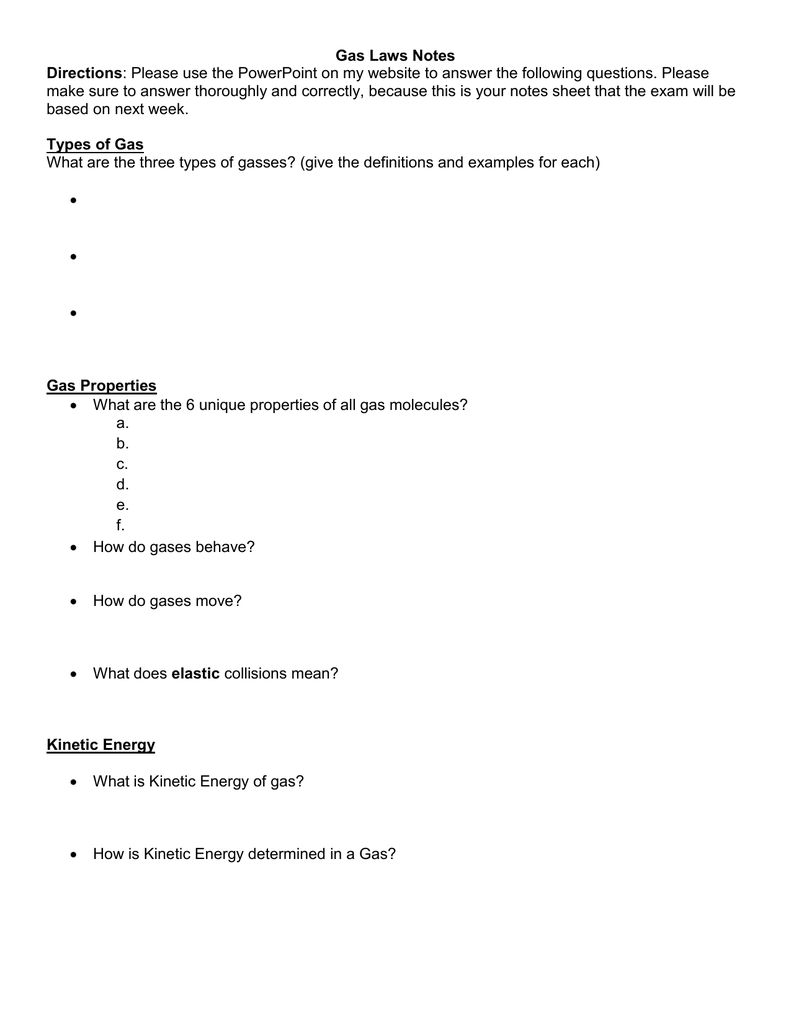
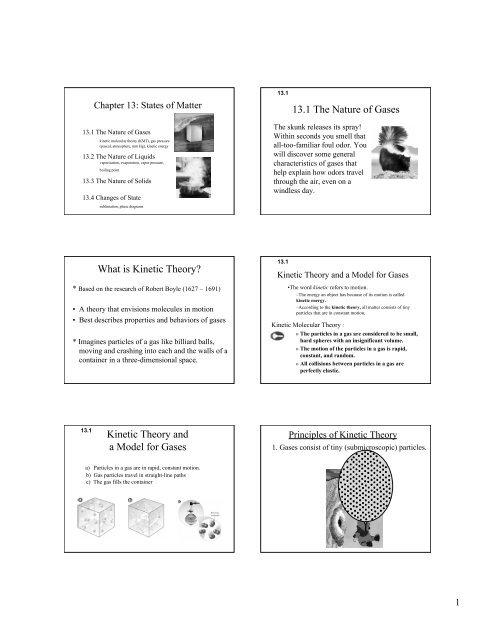

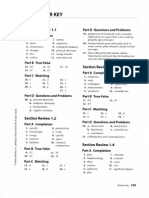



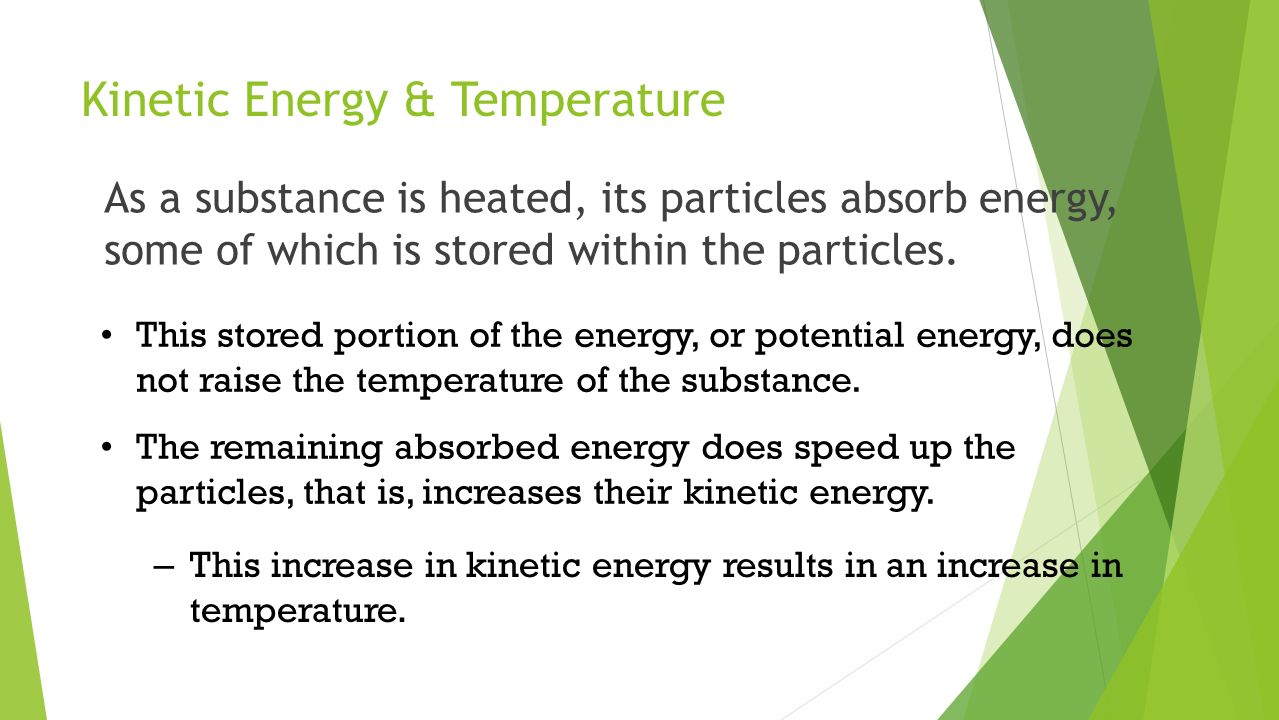





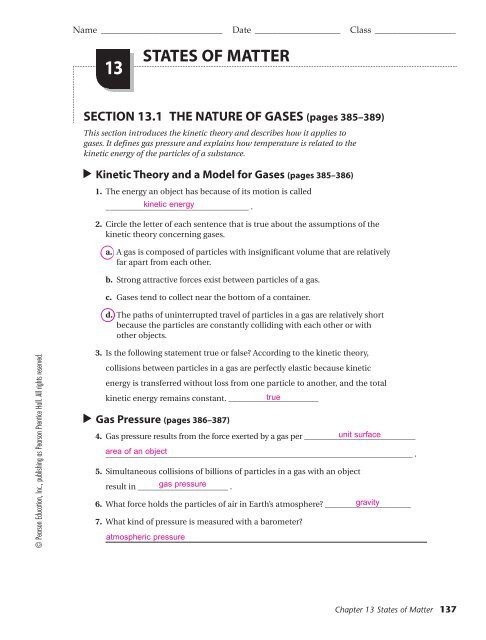





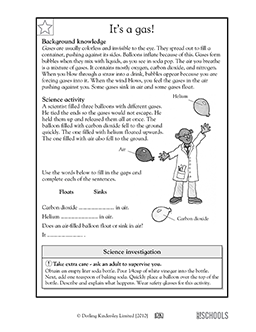

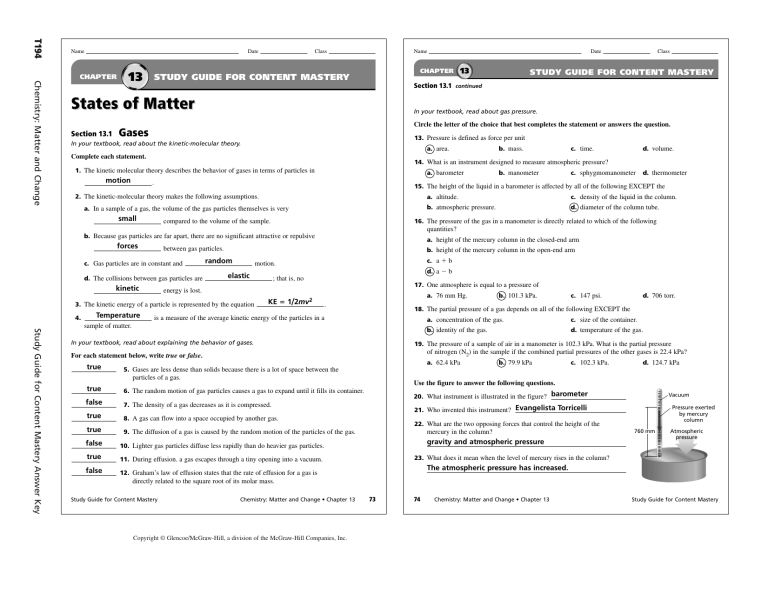

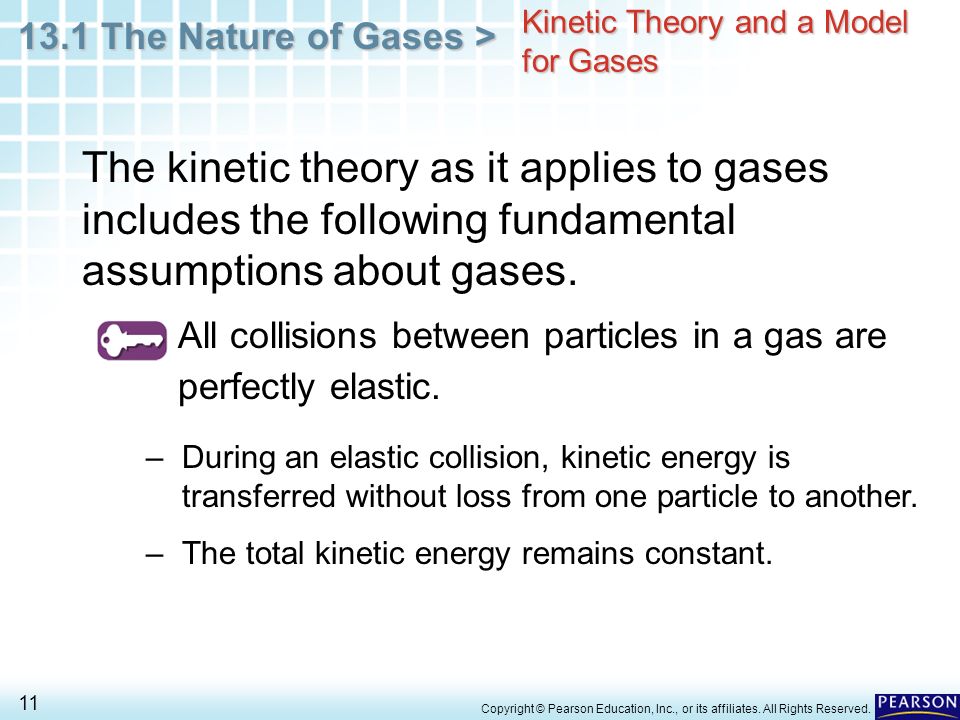
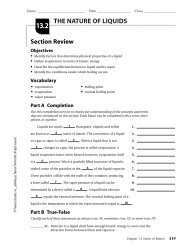

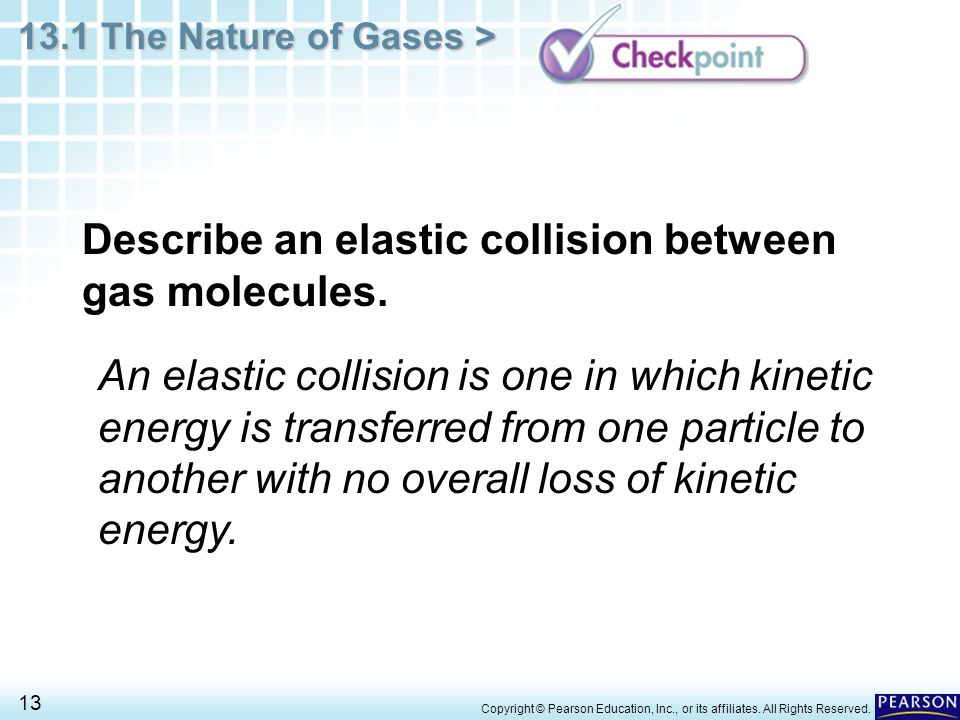






0 Response to "41 13.1 the nature of gases worksheet"
Post a Comment